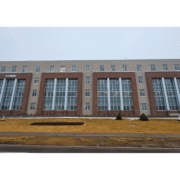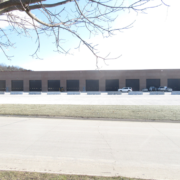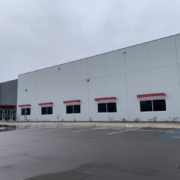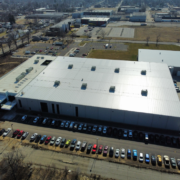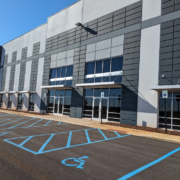Why Every Business Owner Should Know about 179D Tax Deductions
If you’re a building owner, architect, engineer or contractor, going green can save you some tax dollars. The federal government has an interest in encouraging the construction of energy-efficient buildings since buildings are some of the biggest consumers of energy around. Since 2006, the government has been using the tax code to incentivize efficient building systems. The result is a tax benefit that all commercial building owners and construction professionals should know about.
This provision of the tax code, known 179D, provides tax deductions for energy-efficient buildings, including both new construction and renovations of existing structures. The savings can be up to $1.80 per square foot of the building, up to the cost of the improvements. This provision was originally intended to expire in 2013, but has been currently extended to December 31, 2016, with bipartisan support in Congress.
Who Can Benefit?
You can claim this deduction if you fall into one of the following categories:
- Owner of a commercial building;
- Owner of a residential rental building of more than four stories;
- Owner of a parking garage;
- Architect, engineer, consultant or contractor who worked on a publicly owned building (federal, state, or local);
In order to qualify, you must show a 50% energy savings over ASHRAE (American Society of Heating, Refrigeration, and Air Conditioning Engineers) 2001 standards. You can also qualify for a $0.60 or $1.20 per square foot deduction for buildings which do not meet the 50% requirement.
Why Would You Want This Benefit?
Here are some reasons you might want to look into applying for this deduction:
– Several Layers of Qualification:
It’s possible to partly qualify. The tax deduction is divided into three parts: interior lighting, HVAC, and building envelope. Each one you qualify for is worth up to $0.60 per square foot. So if you’ve installed modern lighting or a new HVAC system in an old building, it’s possible you can get a partial deduction.
– The Bigger You Are, The More You Save: Since the deduction is awarded by the square foot, larger structures earn bigger deductions. This savings can be vital to major construction or renovation projects.
– Deductions Can Be Earned Retroactively: These deductions don’t need to be claimed immediately. So even if you’re just finding about it right this minute, if you’re a building owner you can take the deduction for improvements dating back to 2006, and you usually won’t even need to refile your taxes. If you’re an architect, contractor, or engineer who worked on an energy-efficient government building, you can claim the tax deduction within three years of the time the building was put into service, although you will have to refile your taxes for that year to benefit.
– Get Paid for Doing Something that Already Benefits You: Making your building more energy-efficient has other benefits beyond the tax deduction. A lower energy bill is the most obvious one, but there are other federal, state, and local tax benefits and incentives to pursue efficiency.
– You Don’t Need to Be a Building Owner: This provision is not necessarily reserved for someone who’s worked with a company like Harmertech Sourcing Company. Anyone can apply to anyone who helped to design or renovate an energy-efficient public building. While the exact allocation of tax benefits will depend on the contract, they can represent an extremely lucrative additional source of profit for architects, engineers, designers, and contractors.
The Next Step
If you think you may qualify for a 179D deduction, your next step should be to retain an expert firm like Walker Reid Strategies. It’s important that your energy efficiency be thoroughly documented to prove that you qualify, and that includes a professional consultation, site inspection, and calculation of energy efficiency using government-approved software. Walker Reid will be able to advise you on how best to get the maximum tax benefit from an energy-efficient building, and guide you through the paperwork you need to claim the deduction.
Building owners and construction professionals get big deductions, taxpayers get to save on energy bills for public buildings, and we all benefit from lower energy demands and costs, as well as the innovative energy solutions designers come up with to achieve the savings. But keep in mind that this provision has only been extended until the end of December 2016. If you think you qualify for a deduction, it’s best to contact Walker Reid and get the process started before the tax code changes again. Don’t miss out!



